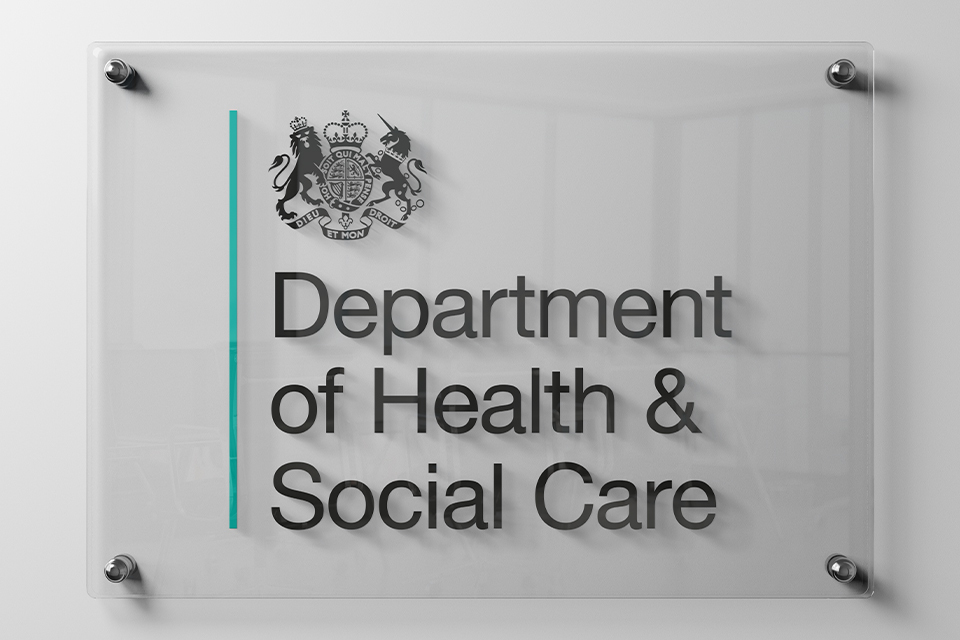Despite this increase, the findings indicate the spread of the virus was slowing as of 12 July and infection rates for double vaccinated people are three times lower than in unvaccinated.
Analysis by Imperial College suggests double vaccinated people are also less likely to pass on the virus to others.
The main findings from the
thirteenth round of the REACT-1 study show:
- 527 positives from 98,233 swabs, giving a prevalence of 0.63% or 1 in 160 people;
- more than a four-fold rise in prevalence compared to the last full report which covered 20 May-7 June, increasing from 0.15% to 0.63;
- unvaccinated people were three times more likely than fully vaccinated people to test positive for COVID-19, with prevalence at 1.21% and 0.40%;
- double vaccinated people in the most recent round were estimated to have around 50 to 60% reduced risk of infection, including asymptomatic infection, compared to unvaccinated people;
- those who were fully vaccinated may be less likely to pass on the virus to others than those who have not received a vaccine;
- prevalence was highest in London at 0.94%, up from 0.13% in round 12, although this growth appeared to be slowing at the end the study period;
- during Round 13, the R number was estimated at 1.19, corresponding to a doubling time of 25 days;
- of the 254 positive samples sequenced for variants, 100% were the Delta variant, compared to 78.3% in the last report at the end of May (round 12);
- a substantial increase in prevalence in all age groups under the age of 75;
- prevalence is nine-fold higher in 13-17 year-olds at 1.56% compared with 0.16% in round 12;
- 3.84% of double-vaccinated individuals who reported recent contact with a known COVID-19 case tested positive, compared to 7.23% of unvaccinated individuals; and
- when comparing the REACT infection data with official NHSE hospitalisation data, since mid-February there has been a weakening in the relationship between infections and hospitalisations and deaths. Since mid-April there are signs of the relationship between infections and hospitalisations coming back together. More time is needed to understand what this means and to identify any trends.





